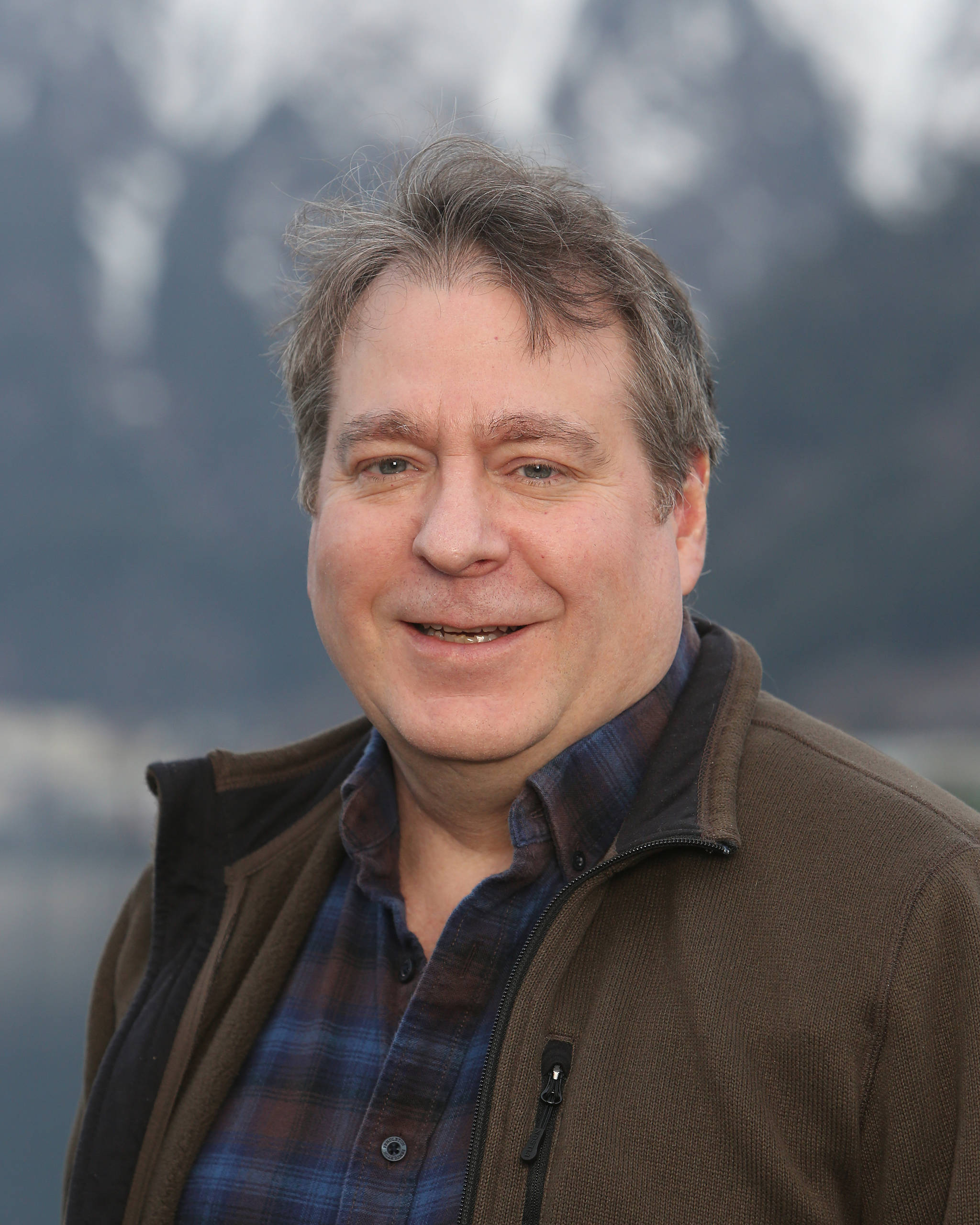By Anjuli Grantham
Engineers, planners, and activists agree. If we are to keep global warming below 1.5 degrees Celsius, we must electrify everything: all transportation, all building systems, all industry. And we must transition the generation of that electricity to renewable sources. By doing so, we will save money, slash greenhouse gases, and avert multiple climate tragedies while maintaining the quality of life that we are accustomed to.
Over the last eight weeks, this column has demonstrated that the technologies currently exist for us to electrify our lives, from electric vehicles to air source heat pumps, and the adoption of these technologies is growing exponentially. Yet, Juneau still has a long energy road to travel. Although some tout the community’s renewable energy credentials (after all, hydro-powered electricity mostly provides for our current electrical needs), the truth is more alarming. Only around 20% of the energy we use is sourced from renewable energy. In 2010, the last time the City and Borough of Juneau examined communitywide energy use, 78% of our energy was derived from carbon-based fossil fuels.
We must confidently and systematically flip these numbers around by 2045 for us to achieve the goal set out in the Juneau Renewable Energy Strategy, which affirms 80% of our energy will derive from renewable sources.
For some, this goal might seem ambitious. Yet science, for one, is on our side. Renewable energy is more efficient than thermodynamic energy, like fossil fuels. This means we can operate on less renewable energy than fossil fuel-derived energy. Rewiring America, an organization dedicated to beneficial electrification, asserts that if we electrified everything, we would only need 40% of the energy that’s currently deployed. This equates to economic and environmental savings.
Still, Juneau requires a greater supply of renewable electricity to power our community in the future.
“What can we do to encourage the next right thing?” Duff Mitchell, Managing Director of Juneau Hydropower, recently asked. “Transforming to renewable energy we know is the right thing. Instead of giving that responsibility to someone else, let’s do it ourselves.”
Duff is laboring to bring us the megawatts we need to power the community we envision.
And vision Duff has in spades. Duff is behind many of the beneficial electrification projects in our community. He was a founding member of the Juneau Electric Vehicle Association and wrangled the support that so far has resulted in $9 million in federal grants to purchase electric buses for Capital Transit. He’s behind an ambitious plan to bring district heating to downtown Juneau. Additionally, he’s coalesced regional interest to advocate for the completion of the intertie that would integrate the electrical grid of northern Southeast Alaska.
He is also advancing Juneau Hydropower’s development of a new hydropower facility at Sweetheart Lake, located south of Juneau in Port Snettisham. Once activated, Sweetheart Lake will boost the supply of renewable energy in Juneau by 20-25%.
Energy is the bedrock of the economy, Duff notes. Whether it’s the seafood industry, transportation, mining or tourism, all sectors require energy to operate, and for some energy is the second greatest expense after labor. “We are one of the few places in the world with a plethora of renewable resources,” Duff explains. “High costs of energy bring economic stagnation. We can develop energy locally and sustainably while lowering the cost and improving the quality of life of the community.”
Once developed, Sweetheart will provide renewable energy to meet a host of Juneau’s energy needs. The projected 116 GWh facility will provide enough electricity to fully power one mine while providing enough energy to top off the other mine during AEL&P interruptible curtailments. It’s enough to assist with providing power to electrify all the cruise docks and run household air source heat pumps.
The project is ready for construction and has a license in hand from the Federal Energy Regulatory Commission. The last remaining step is to receive a Snettisham transmission line interconnection agreement from the state of Alaska and AEL&P.
Another essential aspect for assuring local energy security and meeting the community’s renewable electricity needs is finishing the Southeast intertie project, Duff notes.
Currently, Juneau operates as a stranded electrical grid, lacking transmission lines that connect us to other communities and utilities. Southern Southeast Alaska, from Ketchikan to Petersburg, is connected through an intertie. The intertie allows these communities to sell and purchase needed electrical lodes. It is now time to integrate a northern Southeast Alaska intertie from Juneau northward to Haines and Skagway.
“Then, we can bring renewable electricity where it’s needed throughout northern Southeast,” Duff explains. This would hasten the region’s conversion to carbon-free energy sources with lower power costs. Moreover, it’s a project the federal government could foreseeably fund through upcoming infrastructure bills.
“’For whom much is provided, much is required,’” quotes Duff. “I take it as a personal and community responsibility to be 100% renewable and sustainable.”
When Sweetheart Lake powers Juneau and we are connected to other regional renewable energy supplies, we will be closer to achieving our energy potential.
• Anjuli Grantham is a public historian and museum curator who serves on the board of Renewable Juneau and is vice chair of the Juneau Commission on Sustainability. Juneau’s Climate Change Solutionists is a series that features 10 local solutions to climate change and 10 people who exemplify the solutions. The solutions are based on Project Drawdown, a global project that quantifies the most effective solutions for halting global warming. The series was produced with support from a Juneau ArtWorks grant. It appears weekly in the Juneau Empire.

